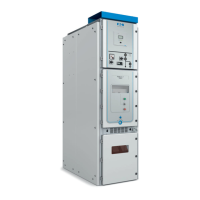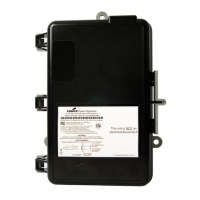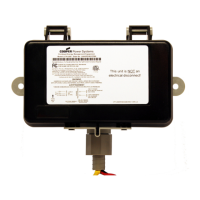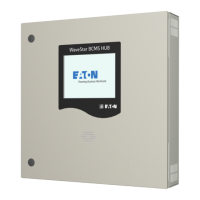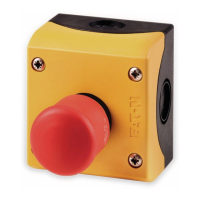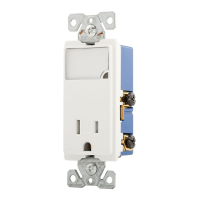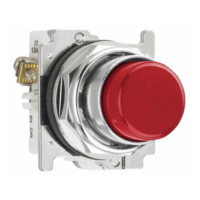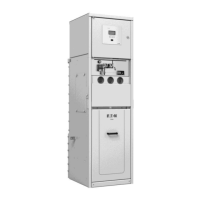10-14 IM02601001E www.eaton.com
Setup on the Web Server Pages
Use the page to set the output behavior of the relays. The
count reects the number of times the relay has energized. (You can dene the labels,
state names, operating delays, and congure the accumulator. The Divisor is a com-
pression factor for the accumulator, and you can select 1, 10, 100, 1000, 10000, and
100000. For example, if you choose a Divisor of 10, each time 10 state changes occur,
the accumulator count will increment by 1.
Relay Output Setup Edit Page
This option card has:
Four pulse outputs via solid state contacts.•
Four wet/dry contact sensing digital inputs.•
Accumulators in the software count the pulses of the Inputs and Outputs (the accumula-
tors are shown on the I/O page. Typically, this card is used in a sub-metering application
where a pulse output is needed. The (which perform the same func-
tion as the inputs on the relay card) allow you to count the pulses from another device, for
example, a KYZ module or another meter. The allow you to count
the pulses being output by the card.
For inputs, you can congure up to four inputs for your card, and assign a , Open
, and for each. You can also set labels and other in-
formation for for the Inputs. Triggers can be set as Disabled, Open to
Close, Close to Open, or on .
Accumulators have both a compression factor and a device output ration setting. The
divisor is a compression factor for the accumulator, and you can select 1, 10, 100, 1000,
10000, and 100000. For example, if you choose a Divisor of 10, each time 10 state
changes occur, the accumulator count will increment by 1. The is the
output ratio from the device that is being input into the meter. For example, if you have a
KYZ module that is outputting a pulse every 1.8 kWh, you would set the
to be the value of the KYZ; in this case either 1.8 or a ratio of that number.
The Set Limit Channel dialog box associates a meter measure, like kW Demand or
Phase B current, with each of the outputs, and gets a pulse train whose rate reects the
present value of that measure.

